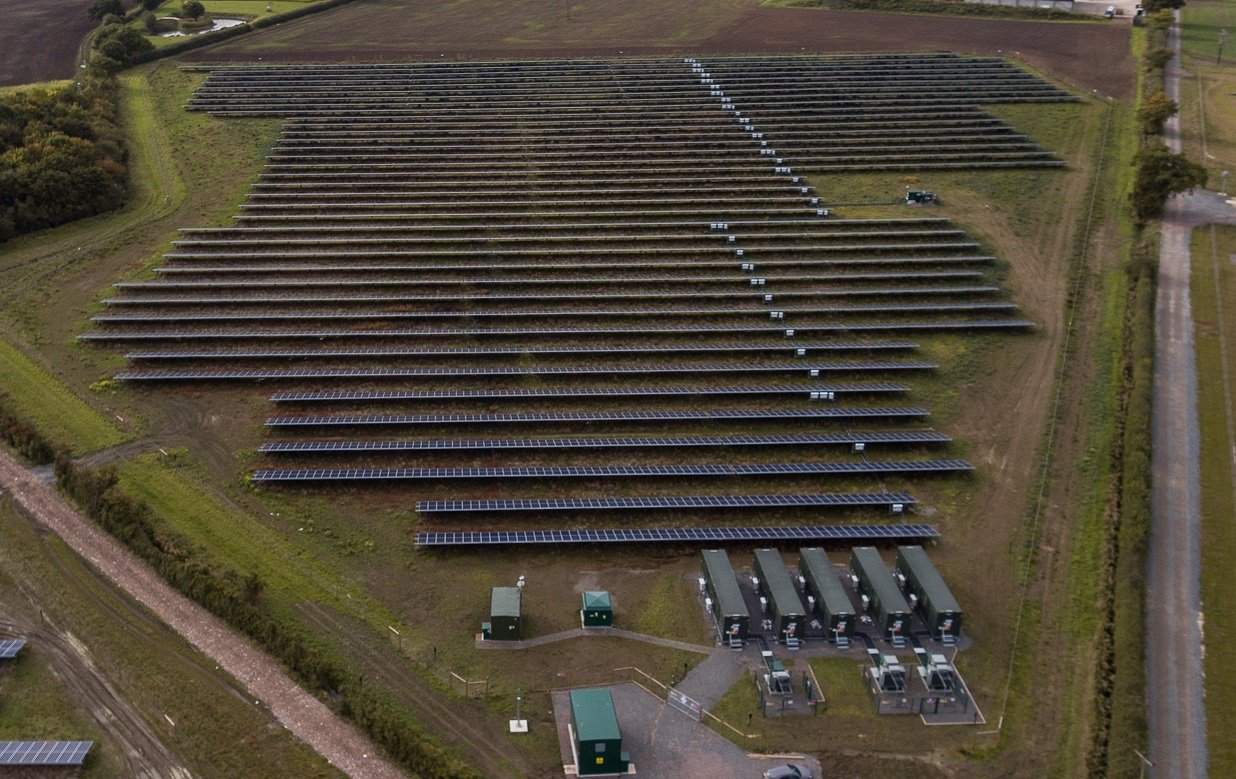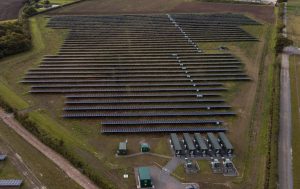The nation’s electricity system operator said it wanted more energy storage facilities and to procure new stability products following a big power outage last year. Some 12 months on, the country’s biggest battery storage company has rolled up its sleeves to take on a new role.
The United Kingdom’s largest battery storage installation is up and running, its owners have announced. Tucked away in the English village of Thurcroft, South Yorkshire, Flexitricity and Gresham House Energy Storage Fund have installed a 50 MW/75 MWh project.
In the weeks leading up to the announcement, the energy storage facility underwent a National Grid Balancing Mechanism Reserve from Storage trial. Now the battery is managing supply and demand under the electricity system operator’s balancing mechanism program.
“I’m glad to say we’re off to a great start and have been able to optimize revenue for the battery across a range of markets, including securing high prices in the first ever tender round of the newly launched dynamic containment service,” said Andy Lowe, director of demand-response business Flexitricity.
Revenue
The company – wholly owned by low-carbon and renewables infrastructure investor Quinbrook Infrastructure Partners – has the U.K.’s largest fleet of demand-response assets. Flexitricity will operate the battery, east of Sheffield and Rotherham, to optimize revenues generated by grid stability procurement from electricity system operator (ESO) National Grid.
The dynamic containment program mentioned by Lowe was launched just a month ago and is one of three solutions planned by the grid company in response to the power outage that afflicted the English South East in August last year.
Under the new tender, dynamic containment must be provided within a second of a frequency event, to help narrow the widest margin of difference from the stable frequency – the ‘nadir’ – reducing the rate of change of frequency. By contrast, ‘fast frequency response’ must be provided within 10 seconds of a such an event. By procuring the fast-reacting services, National Grid aims to address the changing nature of a network which features a rising number of power electronics interfaced generators.
The other two new services planned by National Grid: dynamic moderation and dynamic regulation, are yet to be introduced. The three grid services will manage sudden frequency imbalances caused by intermittent generation and replace the inbuilt inertia offered by thermal power stations.
“Flexibility is a hugely important part of decarbonizing the grid and batteries are an excellent source of flexibility,” said Flexitricity’s Lowe. “Investors are getting comfortable with the business case for energy storage and it’s great, this year, to be seeing a number of large batteries coming onto the system, providing more of the rapid response flexibility National Grid ESO needs to maintain system stability.”
The U.K. had claimed to be a pioneer in technology-agnostic and energy-storage-leaning market schemes even before the high-profile outage last year which cast the important role to be played by storage into even sharper focus. National Grid has around 1 GW of grid storage in operation and wants to strengthen its hand to try and head off future outages.
Read more: pv magazine





